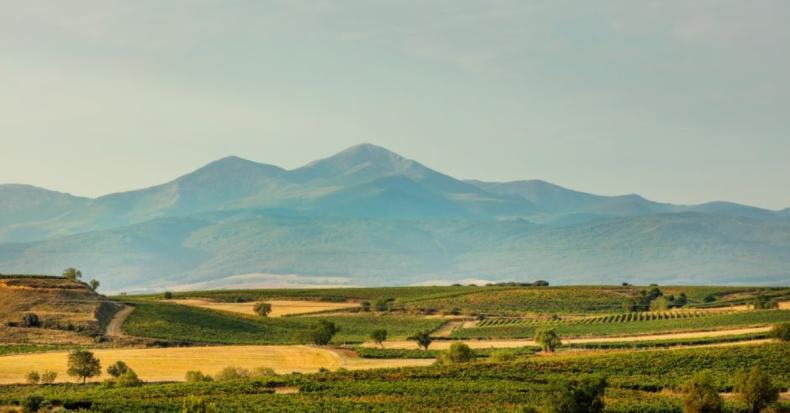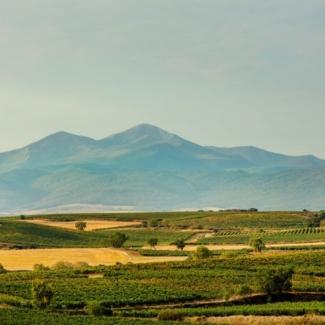Welcome to Beronia’s Guide To The Wines Of Rioja. In this guide, you can learn more about the world-class wine region and how it plays such a crucial role in producing these world-class wines.
We hope you will find this guide informative and enjoyable. If you’d like to know more about Beronia Rioja, then please sign up for our newsletter or join the conversation on social media. You can find us on Facebook and Instagram.
A question that’s often asked by people as they begin their journey of discovery into the world of wine is, ‘What is Rioja wine?’ The need to ask, ‘What is Rioja wine?’ rather than simply, ‘What is Rioja?’ is an important one. Rioja or La Rioja refers to the region in Spain whereas Rioja wine specifically refers to the wines that are made there.
Physically La Rioja lies in the north of Spain, around 60 miles from the Atlantic coast. Its capital is Logroño, which is also one of the centres of the Spanish wine trade alongside towns such as Haro, San Asensio, and Laguardia. Today, Rioja’s three sub-regions - Rioja Alta, Rioja Alavesa, and Rioja Oriental (formerly known as Rioja Baja) - cover over 66,000 hectares and give us thousands of wines.
A ruggedly beautiful region, La Rioja forms part of the Iberian system of mountains which rise to between 1,000 and 7,400 feet above sea level. These are dissected by seven rivers forming Rioja’s seven valleys. The most significant river is the Ebro, into which the Tron, Oja (the Rio Oja which gives the area its name), the Najerilla, the Iregua, the Leza, and the Jubera flow.
Given its varied altitudes and exposures, while the weather follows a broadly continental pattern of hot summers and cold winters, there are significant local variations with microclimates around vineyards being common. Average temperatures range from 12-32°C and rain levels range from 12-24 inches per year, though, these are not evenly distributed. Of the three Rioja sub-regions Oriental tends to be the warmest and driest, while Alta enjoys a cooling influence from the Atlantic and is regarded by many as the finest.
These climatic variations have a huge impact on the quality and styles of wines that can be produced. Cooler sites that give the grapes longer to ripen – giving them more ‘hang time’ as it’s known - can produce finer, more elegant wines from grapes such as Tempranillo or Graciano, while warmer sites are often better suited to heat-loving vines like Garnacha.
Through extensive research and painstaking experimentation, leading producers have gained a greater understanding of individual sites which has led to the creation of single vineyard Riojas. These can be extraordinarily fine wines that offer a new expression of Rioja wines by showing the site’s ‘terroir’ as the French say. Terroir is a specific representation of a place’s soil, climate, elevation, and the vine or vines that are planted there. Wines having a ‘taste of place’ has become extremely important in many of the world’s great wine-producing regions, and it’s a growing trend in Rioja.
As in any fine wine region, the weather is only half the story, the other key factor being the soil. In this respect, Rioja is truly blessed. Each of the sub-regions has its own complex blend of soils which makes for almost endless opportunities.
The following gives you a very brief overview of the soils of Rioja’s three sub-regions:
· Rioja Alta lies on the western side of Rioja and has iron-rich clay soils mixed with limestone. Grapes here often have a higher acidity, notable elegance, power, and a glorious purity of fruit.
· Rioja Alavesa is the smallest of the subregions and has soils that are predominantly chalky with clay. Juice from here is generally lighter, with a perfume character, and lots of finesse.
· Rioja Oriental (Rioja Baja) is located in the east of Rioja. The soils here are dominated by alluvial (river) deposits, with some clay. Traditionally this has been seen as something of a workhorse area, one that gives big, powerful wines that are great for blending. Recently, however, as a greater understanding of individual sites and vineyard management has advanced, it’s shown it’s capable of producing wines of exceptional quality too.




